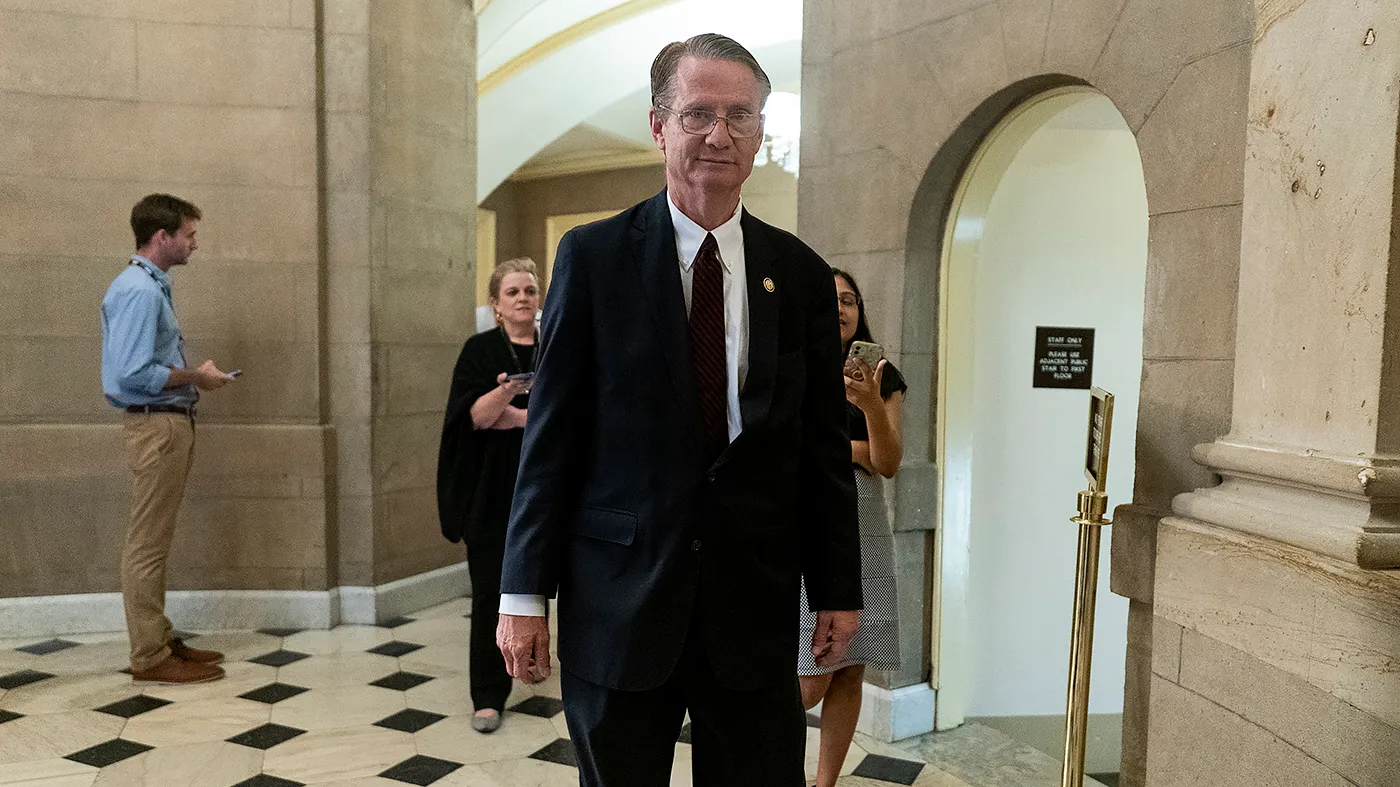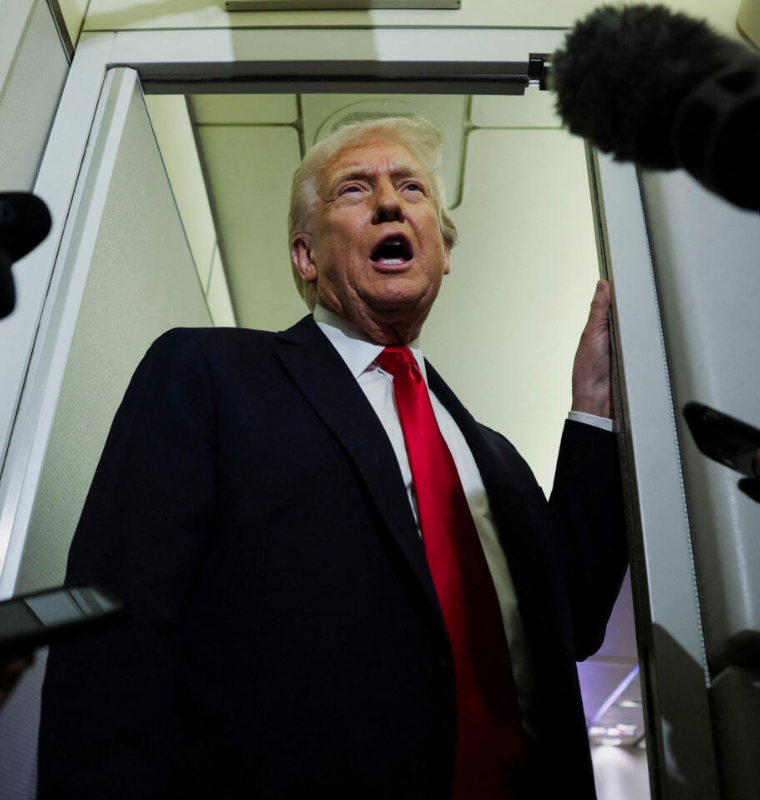Despite Policy Overhaul, Federal Student Loans Still Outweigh Private Options, Experts Say
Despite Policy Overhaul, Federal Student Loans Still Outweigh Private Options, Experts Say
By
Calder Monroe
Last updated:
July 29, 2025
First Published:
August 3, 2025

Photo: Taxes for expats
Federal Student Loans Remain the Smarter Choice—Even Amid New Limitations
The decision between federal and private student loans just became more complicated for U.S. students and families, as President Donald Trump’s newly signed education bill rolls back several key borrower protections implemented under the Biden administration.
Known informally as the “Big Beautiful Bill,” the legislation reshapes the federal student loan landscape by eliminating multiple repayment options, tightening deferment policies, and capping parent and graduate loan borrowing. Yet, despite these sweeping changes, financial experts continue to recommend federal loans over private lenders—albeit with more caution than in the past.
What’s Changing Under Trump’s New Student Loan Policy?
President Trump’s education bill revokes many of the reforms introduced during President Biden’s term, including:
- Elimination of protections for defrauded borrowers
- Removal of certain income-driven repayment (IDR) plans such as Pay As You Earn and SAVE
- Tighter restrictions on deferment and forbearance eligibility
- Reduced borrowing caps for graduate students and parents
Starting July 1, 2027, borrowers taking out new federal loans will lose access to economic hardship deferments and several current repayment options. Those changes, experts warn, may blur the lines between federal and private loans—but not erase them entirely.
Experts Still Favor Federal Loans—Here’s Why
Despite the reduced flexibility, federal loans retain several key advantages that make them the first stop for most borrowers:
1. Eligibility and Accessibility
Federal loans remain open to all U.S. citizens and permanent residents who submit a FAFSA—no credit history required. Private loans, by contrast, demand credit checks, income verification, and often a cosigner, especially for young students without a credit profile.
2. Repayment Flexibility
While some IDR plans are being eliminated, federal loans will still offer at least one income-driven option and a standard repayment plan. Private lenders typically provide far fewer repayment alternatives and shorter terms (usually 8–12 years versus up to 25 years for federal loans).
3. Fixed Interest Rates
Federal loans have fixed rates set annually by Congress. For the 2025–26 school year:
- Undergraduate: 6.39%
- Graduate: 7.94%
- Parent PLUS/Grad PLUS: 8.94%
Private loans often come with variable rates, which can rise unpredictably over time. Only borrowers with excellent credit might secure rates lower than federal offerings, and that’s rare, says University of Chicago professor Lesley Turner.
“The average student loan borrower is typically offered higher private loan rates than the federal ones,” she notes, citing a 2012 Consumer Financial Protection Bureau study.
What You Lose in Federal Loans—And Why Private Loans Still Lag
4. Deferment & Forbearance Shrinking
Under current rules, borrowers can pause payments for economic hardship or unemployment for up to three years. Trump’s new policy cuts this down to a maximum of nine months every two years, starting in 2027.
Private loans often lack any formal hardship protection, though borrowers may try to negotiate pauses on a case-by-case basis. Still, these are not guaranteed and usually come with continued interest accrual.
“Even with these limitations, federal loans still give more breathing room than most private lenders ever will,” says NerdWallet expert Kate Wood.
5. Loan Amounts and Caps
Federal borrowing caps are clearly defined:
- Dependent undergrads: $5,500–$7,500 per year; lifetime cap: $31,000
- Graduate students: $20,500 annually; lifetime cap: $138,500 (including undergrad)
- PLUS loans: up to the full cost of attendance (subject to upcoming limits)
The new law eliminates Grad PLUS loans and caps Parent PLUS borrowing at $20,000 per student per year, or $65,000 total per student.
Private lenders, meanwhile, don’t impose hard limits, but loan amounts are tightly linked to the borrower’s credit score, income, and cosigner strength.
The Bottom Line: File FAFSA First, Shop Private Loans Later
While the federal student loan landscape is evolving, both Wood and Turner advise students to exhaust federal loan options first before considering private alternatives.
“Federal loans may offer fewer protections than they once did,” says Turner, “but they still beat private loans in most scenarios—especially when it comes to interest rates and safety nets.”
Importantly, students won’t know what aid they qualify for unless they submit the FAFSA.
“Filing your FAFSA doesn’t lock you into a loan,” Wood adds. “It just shows you what’s available—and that’s a critical step for every student.”
With changes set to take effect over the next two years, students and families should stay informed, read the fine print, and compare all options carefully before signing any loan agreements.
Popular articles
Subscribe to unlock premium content
How Turkmenistan’s Underground Mosques Are Becoming Secret Luxury Tourism Spots

How Palau’s Hidden Jellyfish Lakes Are Monetized as Ultra-Premium Adventure Destinations

Why Seychelles’ Private Island Hopping Experiences Are Becoming a Billion-Dollar Niche

How Turkmenistan’s Underground Mosques Are Becoming Secret Luxury Tourism Spots

How Palau’s Hidden Jellyfish Lakes Are Monetized as Ultra-Premium Adventure Destinations

How Turkmenistan’s Underground Mosques Are Becoming Secret Luxury Tourism Spots









